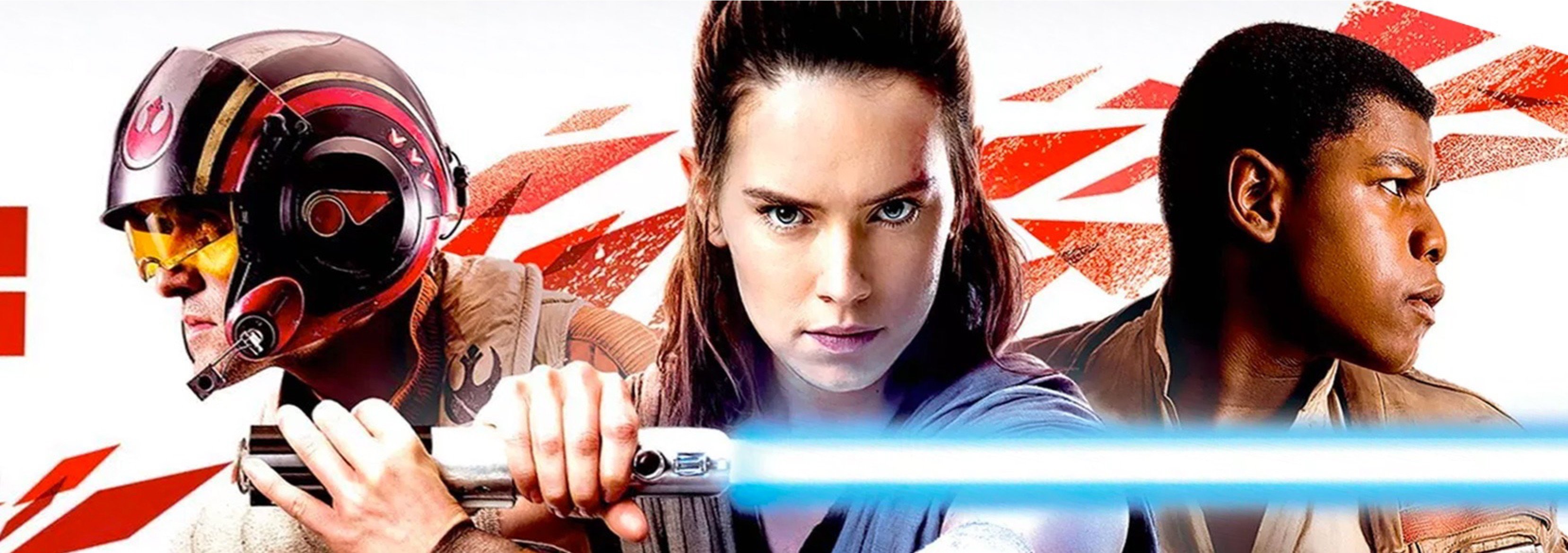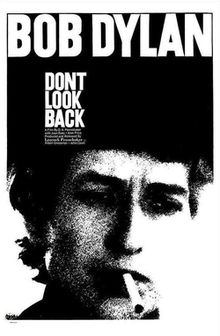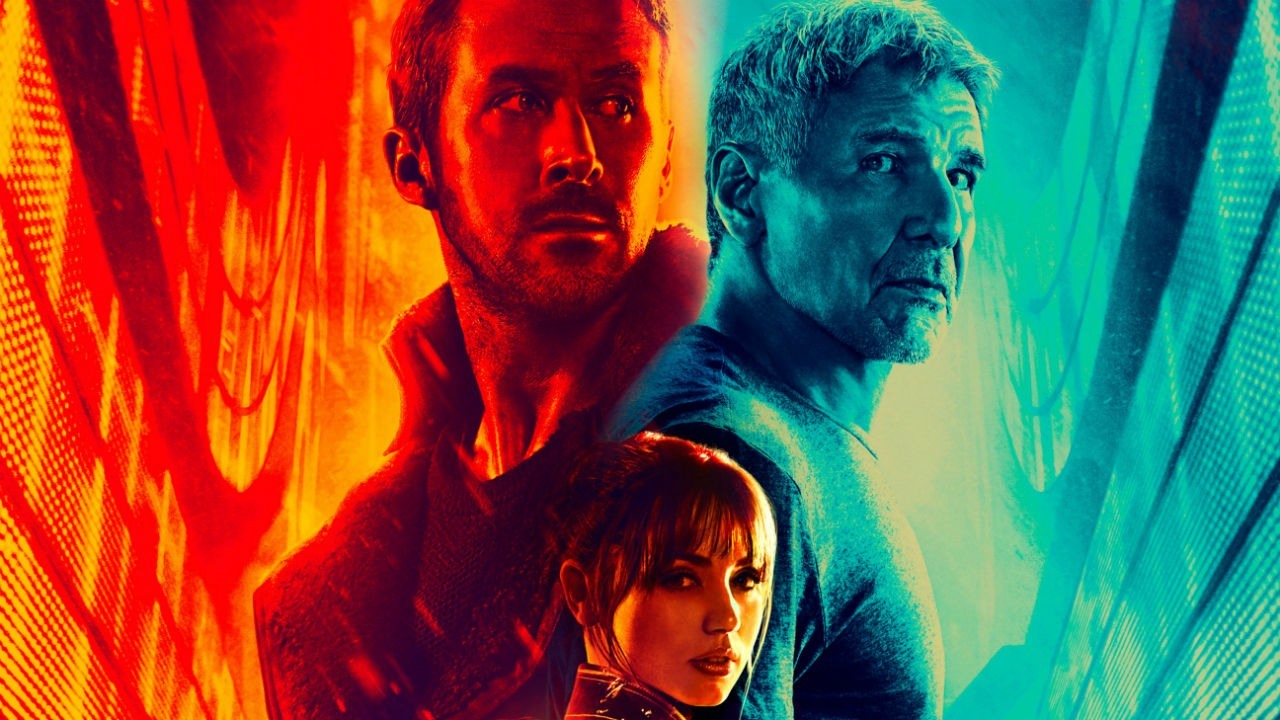There are certain things that make me really glad that I’m alive at the point in history that I am. I’m glad to have grown up with Harry Potter, for instance, and to be alive at the same time as Paul McCartney. One of these things is that I’m glad to be able to go and see Star Wars movies in theaters.
Seeing a Star Wars movie in theaters is, I think, a great experience no matter which movie it is. There’s the wave of almost tangible happiness that washes over everybody with the opening notes of the theme song, and the yellow letters beginning to scroll out backwards through space. There’s the clapping and cheering whenever familiar characters like Leia (Carrie Fisher) and Luke Skywalker (Mark Hamill) show up onscreen.
Star Wars: The Last Jedi, the eighth episode overall and the second installment in the latest trilogy, delivered in pretty much every major way. We got to see interesting developments in terms of the characters that we already know and their relationships with each other, and we also received the pleasure of being introduced to new characters and new relationships.
One of the definite highlights of The Last Jedi was the addition of Rose (Kelly Marie Tran), who teams up with Finn (John Boyega) to try to sabotage an enemy ship that has the ability to track the rebel forces through light speed. Rose was charming and relatable (even fangirling over Finn’s hero status when we first meet her), and she’s also gritty and layered. She’s not afraid to let images get in the way of the way she sees things, and we actually get to see some of her backstory up close with the death of her sister, Paige (Veronica Ngo). She also acts as our introduction to one of the previously un-glimpsed sides of Star Wars: the back characters. Rose is a technician, normally a behind-the-scenes role in the Star Wars universe. For this reason, it makes a lot of sense in this movie to pair her with Finn, who was a background Stormtrooper before he joined the rebellion in The Force Awakens.
To me, The Last Jedi felt overall like an embrace of the idea that anybody can be a hero. Rose, for one thing, was brought to the forefront. Rey’s (Daisy Ridley) parentage, a lingering question for fans, was largely dismissed, which was a fresh turn in a franchise that has long been preoccupied with the power-infused lineage of Darth Vader’s family. Wealthy circles of society were outright criticized for their reliance upon forced labor, exploitation, and war profiteering. The film also ended with a glimpse of a young peasant boy using the Force to grab a broom, then looking up to the stars with a close-up of the Resistance insignia on his ring.
Finally, when Rey claims that the Force is “a power that Jedi have,” Luke Skywalker himself tells her that that is completely wrong. The Force is not exclusive to Jedi and Sith; it’s the balance between all things and all people. By removing the Force’s explicit attachment to the Jedi, and by showcasing heroes from all backgrounds and walks of life, The Last Jedi comes closer than any previous Star Wars movie to espousing what the series is all about: that anybody can be a hero if they decide to choose good over evil. Obviously, the Force doesn’t appear everywhere, but this movie shows us clearly that it can come from anywhere.
There are almost too many good things in The Last Jedi to count: the performances of newcomers Laura Dern, Kelly Marie Tran, and Benicio del Toro; the development of Kylo Ren (Adam Driver) as a villain and of his terrifically interesting relationship with Rey; the immortal strength of Leia and of Carrie Fisher. There’s the fun cameo from the eternally awesome Maz Kanata (Lupita Nyong’o), and the affection between pilot Poe Dameron (Oscar Isaac) and his droid BB-8, and the chemistry shared between pretty much every single character onscreen.
In short, Star Wars: The Last Jedi is doing pretty much everything right. It is a more than worthy follow-up to The Force Awakens and to the rest of the Star Wars franchise, and hopefully a very good indication of things to come.
















